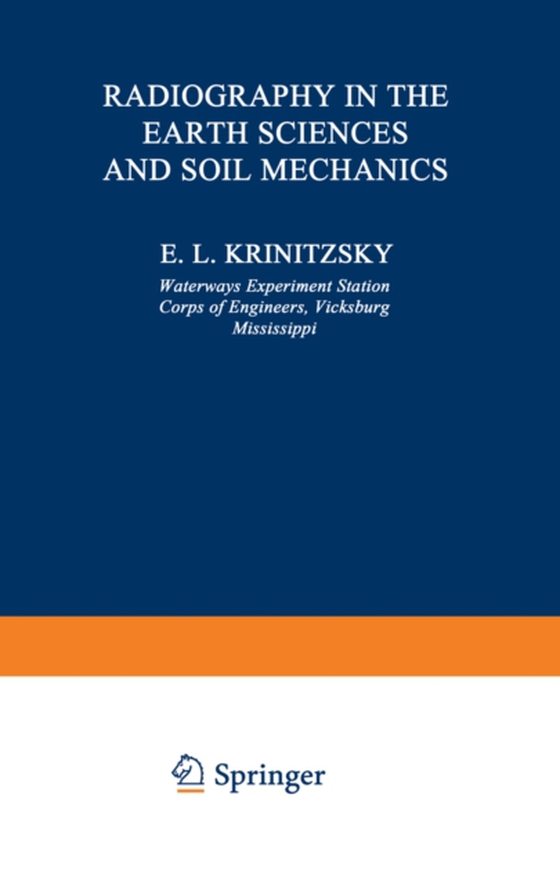
Radiography in the Earth Sciences and Soil Mechanics e-bog
436,85 DKK
(inkl. moms 546,06 DKK)
Radiography, the use of penetrating radiation to produce shadow images of the internal structure of materials, has been with us since Roentgen made his discovery of x rays in 1895. However, applications of radiography in the earth sciences and in the related field of soils engineering have, until recent- ly, been slow to develop. Bruhl reported optimistically on applications in paleontology as ...
E-bog
436,85 DKK
Forlag
Springer
Udgivet
6 december 2012
Genrer
RBGK
Sprog
English
Format
pdf
Beskyttelse
LCP
ISBN
9781468418033
Radiography, the use of penetrating radiation to produce shadow images of the internal structure of materials, has been with us since Roentgen made his discovery of x rays in 1895. However, applications of radiography in the earth sciences and in the related field of soils engineering have, until recent- ly, been slow to develop. Bruhl reported optimistically on applications in paleontology as early as 1896 and there have been additional reports through the years. However, very few paleontologists adopted the method and the significant literature is relatively restricted. In soil mechanics, Gerber observed the movement oflead pellets in sand during a plate-bearing test as early as 1929. Gradual- ly, radiography was applied to other tests including those on footings, compaction of soils, strain in sand, effects of pile penetration, and displace- ments under moving wheel loads. Recently, such work has broadened into much varied and sophisticated research. Applications in geology may be dated to Hamblin's work on rocks re- ported in 1962. His demonstration that many fine textural and structural details can be observed in slices of rock led to experimentation by others on unconsolidated sediments and soils. Work is now expanding at an un- precedented rate. In some operations, such as the logging of oceanographic cores, it is already a routine process. The advantages of radiography lie in its nondestructive nature and its ability to reveal features that sometimes cannot be seen in any other way.
 Dansk
Dansk

